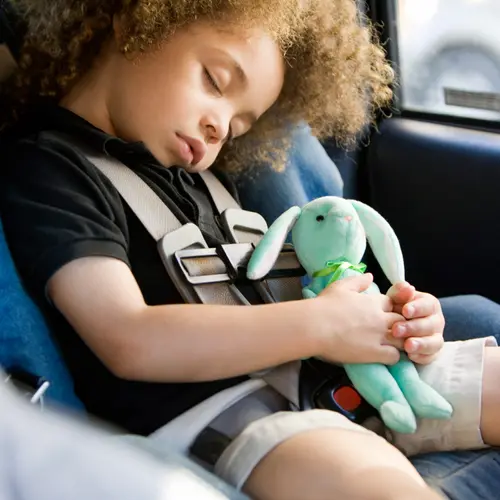An individualized education program (IEP) allows you to work with your child's school and teachers to develop specific educational goals for your child. These plans are typically given to children with learning disabilities or autistic children who qualify for special education. IEP aims to set attainable goals for your child in both areas, including academic achievement and functional performance.
Parents who are new to IEP may be left wondering what IEP goals are, how they're made, and what purpose they serve in the development of their children. These are all great questions that parents of mentally disabled children should understand, especially before approaching the educational system regarding their special needs children.
Most importantly, parents must understand their role in their child's development. While the school helps develop IEP goals, parents also play fundamental roles in helping create and maintain these goals.
What Are IEP Goals?
IEP goals are attainable goals set by you and IEP team members from your child's school. These goals are specific to your child with the focus on what you, as their parent, and the IEP team think your child should be able to achieve.
As you make IEP goals for your child, you must ensure that they make sense and are meaningful. Additionally, you'll want to keep a careful eye on your child as they aim to complete their IEP goals. Ensure that you know when your child has met their goal and how you can support them in reaching their goal.
How to Make IEP Goals
Before you make your child's IEP goals, you must identify their needs. You will then work with your child's IEP team to devise an appropriate plan to meet those specific needs in a 12-month timeframe. While these goals are more long-term, your IEP team may also develop short-term goals and milestones to tackle along the way.
Goals are inclusive and often cover many areas, so it can be difficult to develop attainable goals. For example, some areas that are covered by IEP goals include general education curriculum, learning development, functional skills such as eating on their own, reading Braille, sitting with classmates, or social or emotional needs. While social and emotional needs don't typically fall under an academic curriculum, these goals should be included if your child has trouble with social or emotional regulations.
IEP goals should focus on teaching a child basic skills, such as how to communicate effectively, interact with peers, and be able to read. The most important goal to include is the ability to communicate through expressive and receptive speech. If needed, a child can also be taught to communicate using assistive technology. Social skills are also an important teachable goal, enabling children to learn how to interact with others in an appropriate manner.
When writing IEP goals, keep the SMART methodology in mind. What does SMART mean, exactly?
- Specific: Goals must be specific in what they hope for the child to achieve. For example, any skill or subject area must be specified in the target area. This could include communicating and reading.
- Measurable: Goals must be created so that your child's progress in them can be measured, either by standardized tests, screening, or curriculum-based measurements.
- Attainable: Goals must be realistic for your child to achieve. Avoid setting goals that you don't think your child can achieve in a set amount of time.
- Results-oriented: Goals must include step-by-step instructions on how your child will achieve them.
- Time-bound: Goals should include timeframes in which your child aims to achieve the goal. Time-bound measurements should also include how often progress will be measured.
Once your child's goals are set, they must be measured. While IEP meetings are held annually to discuss your child's progress, you don't have to wait until those meetings to see how your child is progressing. Ask your school to provide you with progress reports throughout the year, particularly when report cards are issued. Additionally, you can download certain apps to track your child's progress independently, without relying on the rest of the IEP team.
IEP Goals Examples
Developing IEP goals can be difficult. Before you develop your child's IEP goals, you must identify the areas where they need help. For example, if your child struggles with social situations, then your IEP goals should focus on social development. If your child struggles academically, then your IEP goals should focus on academics, such as reading and writing.
Let's dive further into IEP goals and give some examples.
For social situations, IEP goals may look like this:
- In group settings, and especially at school, your child must raise their hand and wait to be acknowledged before speaking out loud.
- Your child will participate in turn-taking skills by waiting for their turn and not interrupting another child's turn.
- Your child will work collaboratively to share materials and take turns discussing feelings.
For academics, the goals may look like this:
- Your child should be able to differentiate between fact and fiction.
- Your child should be able to make predictions about what happens next in the story.
- Your child should be able to read the days of the week and months of the year.
IEP Goals Purpose
The purpose of IEP goals is to help your child develop mentally, emotionally, and socially, and to keep up with their peers. IEP goals are typically reserved for children with a disability that affects how they learn, such as a mental disability, low vision or blindness, or hearing loss. Regardless, IEP goals help children learn fundamental skills to help them be self-sufficient.

